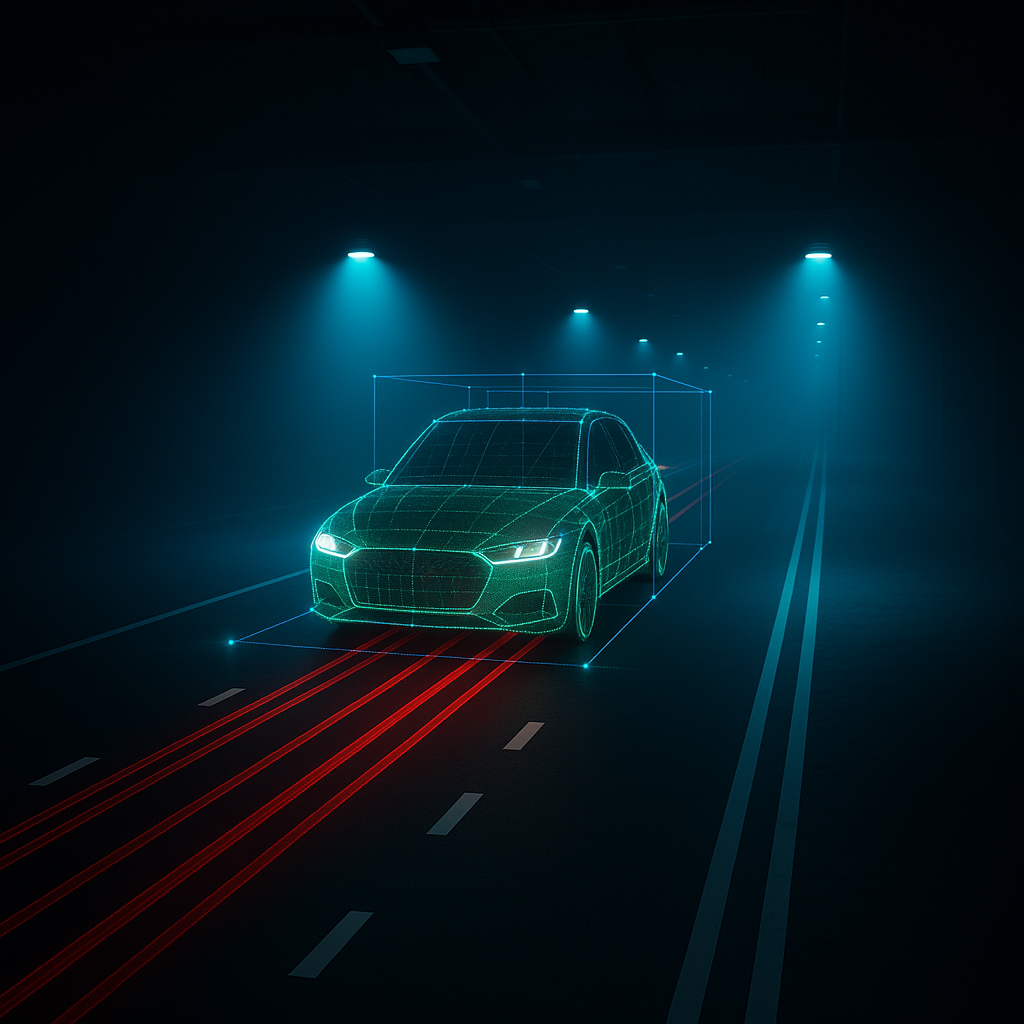As the race toward full autonomy accelerates, 3D point cloud annotation is emerging as a foundational element in shaping how autonomous vehicles perceive and interact with their surroundings. It’s not just about collecting data—it’s about understanding the environment with unparalleled depth and precision.
Here’s why 3D point cloud annotation is so critical:
✅ Comprehensive Environmental Mapping: LiDAR sensors capture millions of spatial data points to form a detailed 3D representation of the environment—commonly referred to as a point cloud.
✅ Accurate Object Detection: By applying 3D bounding boxes to these point clouds, AV systems can identify and differentiate between vehicles, pedestrians, cyclists, traffic signs, and other key elements in real-time.
✅ Dynamic Scene Understanding: Annotated point clouds empower autonomous systems to understand spatial relationships, object movement, and depth—enabling quick and accurate decision-making in complex environments.
✅ Intelligent Navigation: Whether it’s identifying lane boundaries, road edges, curbs, or obstacles, 3D annotation plays a vital role in ensuring the vehicle can navigate safely and efficiently, even in unpredictable scenarios.
✅ Scalability Across Environments: From urban intersections to remote highways, annotated 3D data helps autonomous systems adapt to a wide range of driving conditions and terrains.
As this technology continues to mature, collaboration among data scientists, engineers, and mobility innovators will be crucial in refining these systems to be even more responsive, intelligent, and safe.
🚗 What do you think will be the biggest breakthrough in 3D point cloud perception for AVs? Share your thoughts below—we’d love to hear your insights!

